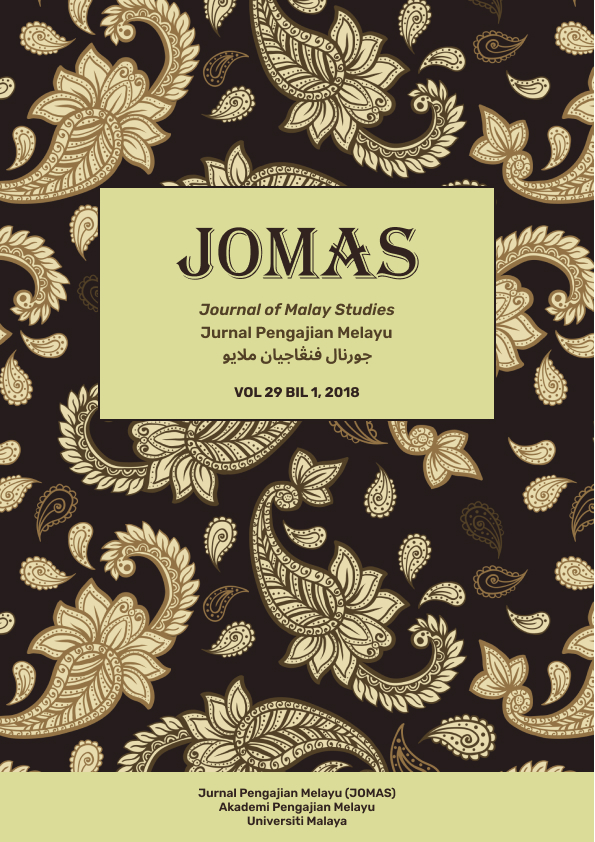THE POTENTIAL OF FLORAL PATTERN ART IN MALAY TEXTILE EMBROIDERY: A FORMALISTIC ANALYSIS
Main Article Content
Abstract
This research studies the aesthetic processes of creating stylized, colourful,
floral motifs on fabric. Malay fabric often include various floral motifs
such as hibiscus, pitcher plant, rose and frangipani. These floral motifs
have the potential to be stylized in more innovative and creative ways.
Some designers and artists who are proficient in pattern design did not
receive a formal education in pattern design, but their expertise and skills
are impressive nonetheless. The quality and visual aesthetics of textile
designs are highly dependent on the motifs created through skilled labors
and design. Floral motif is not only visually appealing, but also has its
own meaning and reflects the creative values of its designer. Floral motifs
are representative of the affinity of Malay culture with nature. This research
might inspire designers and inform current society that floral motifs can
be innovated in scientific and creative manners. Furthermore, floral motifs.
Keywords: Textile, Pattern design, Floral, Embroidery, Creative,
Innovation.

